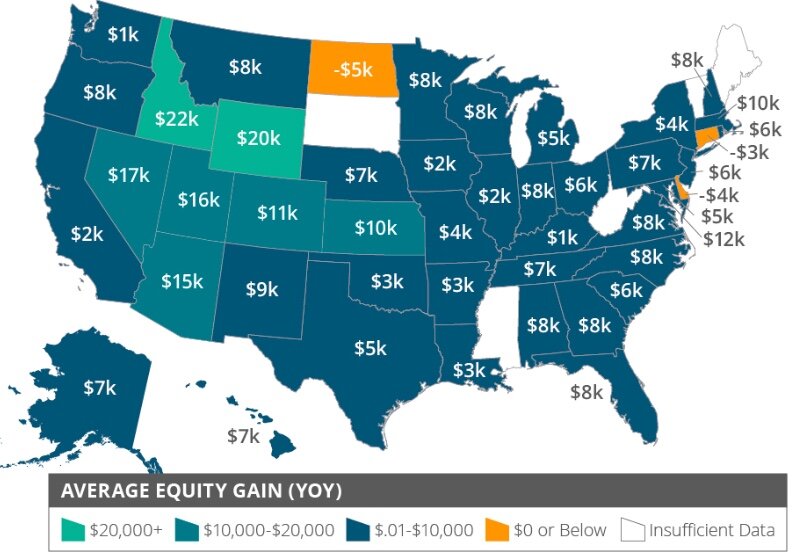JENNIFER HUFFMAN jhuffman@napanews.com
Developers this week presented the city with refined designs for the approved boutique hotel on the site of the former Franklin Street post office in downtown Napa.
The changes were made after receiving initial comments from Napa County Landmarks and the city’s Planning Commission during a preliminary design review in June.
At that time, some reviewers thought the first version of the wrap around design overwhelmed the post office building and covered too much of it.
“I think we’ve done an over-the-top job” in both preserving and presenting the historic building, said developer Jim Keller. “It’s really exciting.”
Wings of the new hotel still wrap around the old post office building, but in this latest version there are more transparent panels, which allow greater visibility of the post office, located at 1351 Second St.
Not only is his group preserving the front of the building, it’s also preserving the sides as well – something that wasn’t explicitly required, said Keller.
“We came up with a plan that’s really going to have an awesome look,” Keller said. “I think we’ve overachieved as far as the preservation of the building.”
The changes were made after receiving initial comments from Napa County Landmarks and the city’s Planning Commission during a preliminary design review in June.
At that time, some reviewers thought the first version of the wrap around design overwhelmed the post office building and covered too much of it.
The last version was more of a rough draft, compared to the new refined design, Keller said. “We took it up another level or two.”
These new images create what he described as “a jewel box effect,” with the crown jewel – the Art Deco-style post office building — in the middle, said Keller. The historic building is the “obvious the centerpiece and focal point.”
The historic post office lobby would be fully renovated and used as the hotel lobby and bar, accommodating guests as well as the general public, according to design documents. The interior features of the post office will be visible to all, rather than turning the post office into a private office or other commercial use, said the documents.
The Third Street-facing side of the project, currently home to Zeller’s Ace Hardware, has also been refined. “We made that a little more user friendly and broke up some of the massing. The design has been elevated,” yet still fits within the parameters of the already approved project, he said.
Plans call for a 175,000-square-foot, five-story, 156-key hotel using the site of the former post office and adjacent land where Zeller’s Ace Hardware now operates.
A separate, five-story parking garage would be built at the southeast corner of Second and Randolph streets, a corner now used for surface parking.
The project will cost more than $100 million, Keller said.
Keller, a Napa developer, bought the post office building in 2017 for $2 million. He’s since partnered with Cypress Equities, based in Dallas.
The hotel’s footprint will take over much of the block along Second between Franklin and Randolph streets, and along Randolph between Second and Third streets. The Napa City Council granted a rezoning and a building agreement in November 2018.
Having financial partners lined up in advance has helped move the project along, Keller said. Being located within a state-designated Opportunity Zone, which offers tax breaks to investors, is another. Napa has two such zones, including one in downtown Napa.
As the process continues, Keller said he remains mindful of the fragile state of the post office. “If we get hit with another earthquake,” the building might not survive.
“We’re trying to move as fast as we can,” said Keller.
His next steps include final design approval from the Planning Commission and Cultural Heritage Commission. Meeting dates have not been set.
If all goes as planned, “I’m hoping in the next 12 months we can be” under construction, he said. The hotel could take two to three years to build.
The hotel project was never a sure thing. After the 2014 earthquake, the USPS originally moved to demolish the damaged post office building.
The agency said that it would cost $8 million to repair quake damage, while it would cost only $500,000 for demolition.
The Napa Franklin Station was built in 1933 with funding from the federal Public Works Administration. In 1985, it was placed on the National Register of Historic Places.
After considerable public outcry, the USPS decided to try selling the building to a buyer who could repair the structure and preserve its architectural integrity.
















